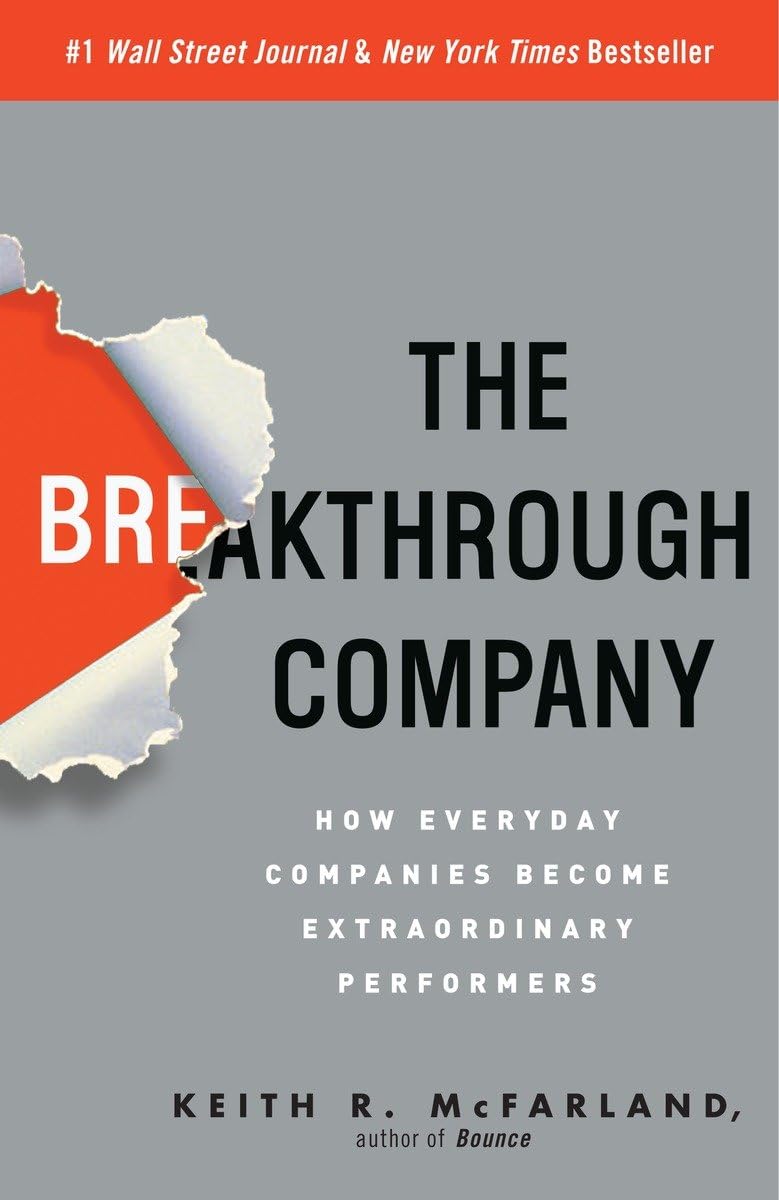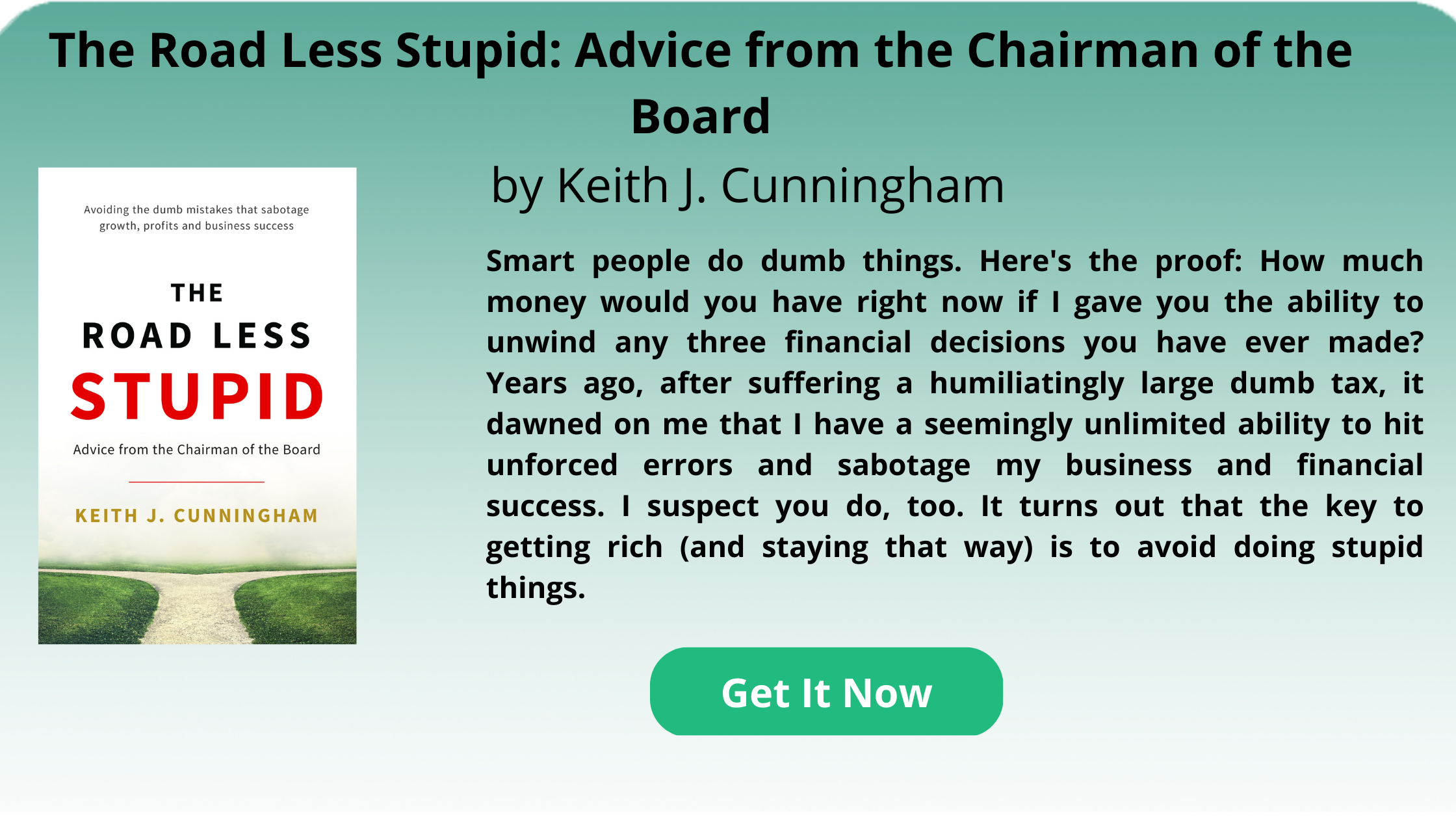Gratitude – What a powerful yet simple thing in our lives; to have a mindset of gratitude – We can all benefit from a continued effort to master it. Experts have concluded that it is vital for a happy life and a healthy family. It’s a wonderful value to share within a family.
In the past, I have written articles about Family Legacy Development for families with significant wealth. Family Legacy Development is vital if a family wishes to preserve its financial wealth for several generations. Protecting and preserving financial wealth for several generations should be done in a way that positions the family members for great success, health, unity, happiness, and promotes their ability to make a positive difference in the world and their community. An effective approach is to focus on each family member’s “Human Capital” and Intellectual Capital.” Maximizing Human and Intellectual Capital is vital to preserving Financial Capital.
Let’s briefly review these two forms of Capital:
Human Capital – Human Capital is the most important capital. It is the members of the family and their physical and emotional well-being and self-sufficiency. It’s their ability to pursue happiness, have a higher purpose than themselves, their ability to impact their community positively, and their centeredness to maintain a strong family. Not only is it vitally important to focus on the strength and growth of this capital long-term, but the family also needs to work, communicate, and cooperate as a team to help assure that everyone is flourishing to the best of their ability and working towards common goals.
Intellectual Capital – The strength of a family rests on what it knows. The intellectual capital is each family member’s knowledge, life experiences, and wisdom. Gaining knowledge, applying knowledge, and other skill sets to preserve the wealth and apply it in ways conducive to the family and well-being of family members. It is also the competencies of each of the family members. Building a solid foundation of intellectual capital will help drive individual purpose, skills, and practical knowledge to preserve and respect financial capital.
For a more thorough explanation of the four forms of “wealth or capital” from a family perspective, please reference my previous article: https://family-fortunes.com/2020/09/preserving-family-wealth-is-a-generational-effort/ .
We have previously discussed the various stages of the family legacy development process. One step in the process, which is a vital tool, is conducting “family meetings.”
Why Family Meetings? The family meeting is not only a vital step in developing a sound family legacy, but it is also a helpful medium for building relationships, educating family members, and building trust and understanding, all of which help to maintain a healthy, thriving family.
Many essential and potentially productive topics can be discussed during family meetings. In my previous article titled: Family Values: A Critical Component of Family Legacy Planning, we discussed the importance of exploring family values. Why is this important? Because the primary reason for the breakdown of a family and wealth is a lack of communication, trust, and understanding.
Family meetings can be the primary tool for the cure. If they are done correctly, they help build common ground and help build trust, and understanding. They can also encourage family members to collaborate to determine their shared purpose, mission, and vision statements.
In the previous article, we also discussed having each family member complete a “Values” worksheet to determine their stated values in life, which leads to the goal of determining the shared values of the family. This is also an additional tool that helps develop the family’s stated purpose, vision, and mission.
Once these shared values are identified, it can lead to discussing each value during a family meeting, often spending an entire session discussing one shared value. It’s an opportunity to break down each shared value, why it is essential, how it pertains to the family, and how to inspire each family member to live by that value. The benefit is a more unified and healthier family.
Back to the value of Gratitude.
A mindset of Gratitude is a fantastic value that a family can practice collectively. Gratitude not only can be a shared value, but it is a vital ingredient for a healthy state of mind. It has been proven that practicing gratitude has significant positive effects, including improving our mental health and boosting our relationships with others.
To quote a passage from Proverbs in the Bible – “Gratitude can transform common days into thanksgiving, turn routine jobs into joy, and change ordinary opportunities into blessings.” – Sounds like a great mindset and value to me.
“Gratitude is the human way of acknowledging the good things of life. Gratitude is associated with a personal benefit that was not intentionally sought after, deserved, or earned but rather because of the good intentions of another person” (Emmons & McCullough, 2004).
“Enjoy the little things. For one day you may look back and realize they were the big things.” – Robert Brault.
“Gratitude is the healthiest of all human emotions.” – Zig Ziglar
Gratitude has a direct link to happiness. Expressing gratitude to others around you and ourselves produces positive emotions and happiness. Furthermore, gratitude has a positive impact on our overall health and well-being.
Below is an excellent diagram depicting gratitude and its interrelation with true happiness. (Source: www.positivepsychology.com: The Neuroscience of Gratitude and Its Effects on the Brain”; by Madhuleena Roy Chowdhury, BA, April 9th, 2019).
(Diagram is courtesy of: Source: www.positivepsychology.com: The Neuroscience of Gratitude and Its Effects on the Brain”; by Madhuleena Roy Chowdhury, BA, April 9th, 2019)

Gratitude is a vital attribute and mindset within the workplace. Not only is it a significant contributor to creating and sustaining a great work culture, but it also has a tremendous positive impact on the employees and the managers. As sighted in the article titled: The Neuroscience of Gratitude and Its Effect on the Brain; by: Madhuleena Roy Chowdhury, BA, April 9th, 2019, “employees who practice expressing gratitude at work are more likely to volunteer for more assignments, willing to take an extra step to accomplish their tasks, and happily work as a part of the team” – I’m confident this is the same for a family or a family business.
The article also points out that managers and supervisors who feel grateful and remember to convey the same have a more robust group cohesiveness and better productivity. Gratitude makes a leader compassionate, considerate, empathetic, and loved.
From a productive standpoint and experiencing a more satisfying life, gratitude is an emotion that directly targets at the building and sustaining of social bonds and reinforces prosocial responses in the future (McCullough, Kimeldorf, & Cohen, 2008).

As you and conclude from the diagrams from the referenced article, gratitude releases toxic emotions, reduces pain, improves sleep quality, reduces stress, reduces anxiety and depression – it releases good hormones. It arguably makes a positive impact on one’s immune system.
Additionally, the article states that Scientists conclude that when we give a thank you note to somebody, our brain is automatically redirected to pay attention to what we have, producing intrinsic motivation and strong awareness of the present. Also, at the neurochemical level, gratitude acts as a catalyst for neurotransmitters like serotonin, dopamine, and norepinephrine, which are hormones that manage our emotions, anxiety, and immediate stress responses. Wow! I’m writing more “thank You notes”, from now on.

One more area I’d like to mention before we apply this discussion to a Family meeting is how do we practice a mindset of Gratitude.
So, how do we build a mindset of Gratitude? To help answer that question, I am referencing an article: https://www.mindful.org/an-introduction-to-mindful-gratitude/ “How to Practice Gratitude”: Here are some tips: 1. We affirm the good things we’ve received. 2. We acknowledge other people’s role in providing our lives with goodness. Say thank you freely and often.
Here is a brief overview of the 10 Pointers in the article on how to develop a mindset of gratitude:
1.Keep a Gratitude Journal – 1 – 3 times a week, make it a practice to write in a journal to remind yourself of the gifts, grace, benefits, and good things you enjoy, things people did for you that you are grateful for, valued people in your life, events you are grateful for, etc. 2. Remember the Bad (the hard times you’ve experienced and how far you’ve come). 3. Ask Yourself Three Questions – “What have I received from____, What have I given to ____?, and What troubles and difficulty have I caused?” 4. Share Your Gratitude with Others – Let others know you’re grateful for them. 5. Come to Your Senses – Increase your awareness of your surroundings and how beautiful it is to be alive. 6. Use Visual Reminders to trigger thoughts of gratitude. 7. Make a vow to Practice Gratitude. 8. Watch Your Language – Don’t focus your language on how good you are, but rather on the inherently good things that others have done on your behalf. 9. Go Through the Motions– Smile, say thank you, and write letters of gratitude. 10. Think Outside the Box – Learn how to make every situation a moment of gratitude when possible.
Discussing the shared value of “Gratitude” at a Family Meeting
The key to having a successful family meeting is to develop a list of stated objectives, set goals to be achieved from the meeting, and include some pre-meeting prep time to get the members involved ahead of time. Having family members complete pre-meeting preparation will require them to put some emotional skin in the game and have time to think about the “shared value.” Preparation will lay the groundwork for an interesting and productive discussion.
Resources for your meeting preparation. Here is a list of resources that you can utilize to prepare family members for the planned discussion:
• Watch the movie “The Ultimate Gift.” It is available for free on Youtube: https://youtu.be/ZXPlQ-lE8m0 . This movie does a great job of defining what’s essential in life, the things to be grateful for, and having a purpose in life.

• Write a Gratitude Letter – Have each family member write a letter to someone who has positively impacted his or her life but whom they feel has not properly thanked – family member, mentor, friend, etc. The letter should include details about why that person is appreciated and how they affected their lives. Have them prepared to share the letter during the family meeting.
• Begin Writing a Gratitude Journal – Have them write in their journal the things they are grateful for, or that happened to them that day, giving specifics on how it impacted them. Please encourage them to complete this exercise beginning a few weeks beforehand and doing so several times a week (3-4 times).
• Have Family Members review reading material on How to Live a Life of Gratitude. If gratitude is a shared value within the family, then living a life of gratitude is a mindset that needs to be strengthened with knowledge and applied.
The Day of the Meeting:
The premise of a family meeting is that it is a structured meeting with rules for engagement. Although I like family meetings as a forum to gain knowledge, skills, build relationships, trust, etc., they can also be used to resolve conflicts. Conflicts that may have originated during early childhood and the dynamics in the meeting can be robust. An easy way to handle the meetings is to hire a facilitator. They are experienced at what they do and have the skill sets to handle difficult situations – It isn’t their first rodeo.
“An easy way to handle the meetings is to hire a facilitator. They are experienced at what they do and have the skill sets to handle difficult situations – It isn’t their first rodeo.”
The family members must know that there are strict rules and that is operated with a particular format. There are several rules and tips for effectively running a family meeting. For the sake of time, we will briefly mention them:
- All members are treated with equal respect.
- Interrupting another family member is not allowed. A member that has the floor is heard in their entirety.
- It is a safe space – the discussions are confidential.
- Encourage all members to participate.
- Discuss one topic at a time. Work together to arrive at a resolution or a consensus.
- Encourage decisions by consensus.
- Re-affirm that you have reached a consensus on something.
- If discussions become too heated, anyone can call for a break.
- End with a fun segment.
- To wrap up the meeting, ask every member to share their “key takeaways” from the meeting.
Items for Discussion at the Family Meeting
A helpful place to start at the family meeting is to begin a shared discussion on developing a mindset of gratitude in our lives, what it entails, and the experience each family member has had in their recent efforts to practice a mindset of Gratitude.
Some suggested exercises for the Meeting:
• Begin with a discussion of what it means to have a mindset of gratitude and why it is important.
• Discuss the concept of keeping a gratitude journal and what they experienced.
• Ask members to volunteer to share their letters of gratitude to a specific person.
• Have the facilitator ask each family member to state three things they are grateful for. Write them down on an easel or whiteboard and have them share why they are grateful for those things.
• Play “Pass the Card” – Hand out an index card to each family member and have them write down three things about the person to the right of them; what are the three things about them that they are grateful for? Pass the card to that person.
• Have a discussion on how the family can, together, maintain a mindset of gratitude.
• Have each family member write down, for their own sake, three kind things they will do for other family members in the next 90 days (They can keep it to themselves). Suggestion: Have each member determine which member they feel are the least bonded with and have them dedicate their acts of kindness towards them.
• Have a discussion on the movie: The Ultimate Gift.”
• End with a fun segment of your choice.
• Meeting wrap-up with a lightning round table on each member’s “Key takeaways.”
Family meetings are a powerful tool and step within the family Legacy Development Process. Discussing shared values within the family positively promotes trust, understanding, and unity. More importantly, reaching a consensus on a particular share value reinforces the importance of the family living by that value.
If you find this topic interesting, please reference my previous articles on Family Legacy development. If you have any further questions or, if you would like help in facilitating this type of family meeting, feel free to contact me at [email protected]. Visit our website at www.zellerkern.com.
Steve Zeller

Steven E. Zeller
Steven Zeller is a CERTIFIED FINANCIAL PLANNER™ professional, Accredited Investment Fiduciary®, Certified Exit Planner, practicing Wealth Advisor, and serves clients nationwide. He has over 24 years of experience within his profession. READ MORE
What Steve Writes About

I write about the latest thoughts and topics that impact high net worth families, individuals, and business owners. The building and sustainability of family wealth and a business is an exciting journey, and I have a passion to help them along the way to grow and thrive.
The latest book that Steve is reading. He reads, all he can, material relevant to the high net worth family and business owners, so that he may pass it onto his readers.




Connect With Steve